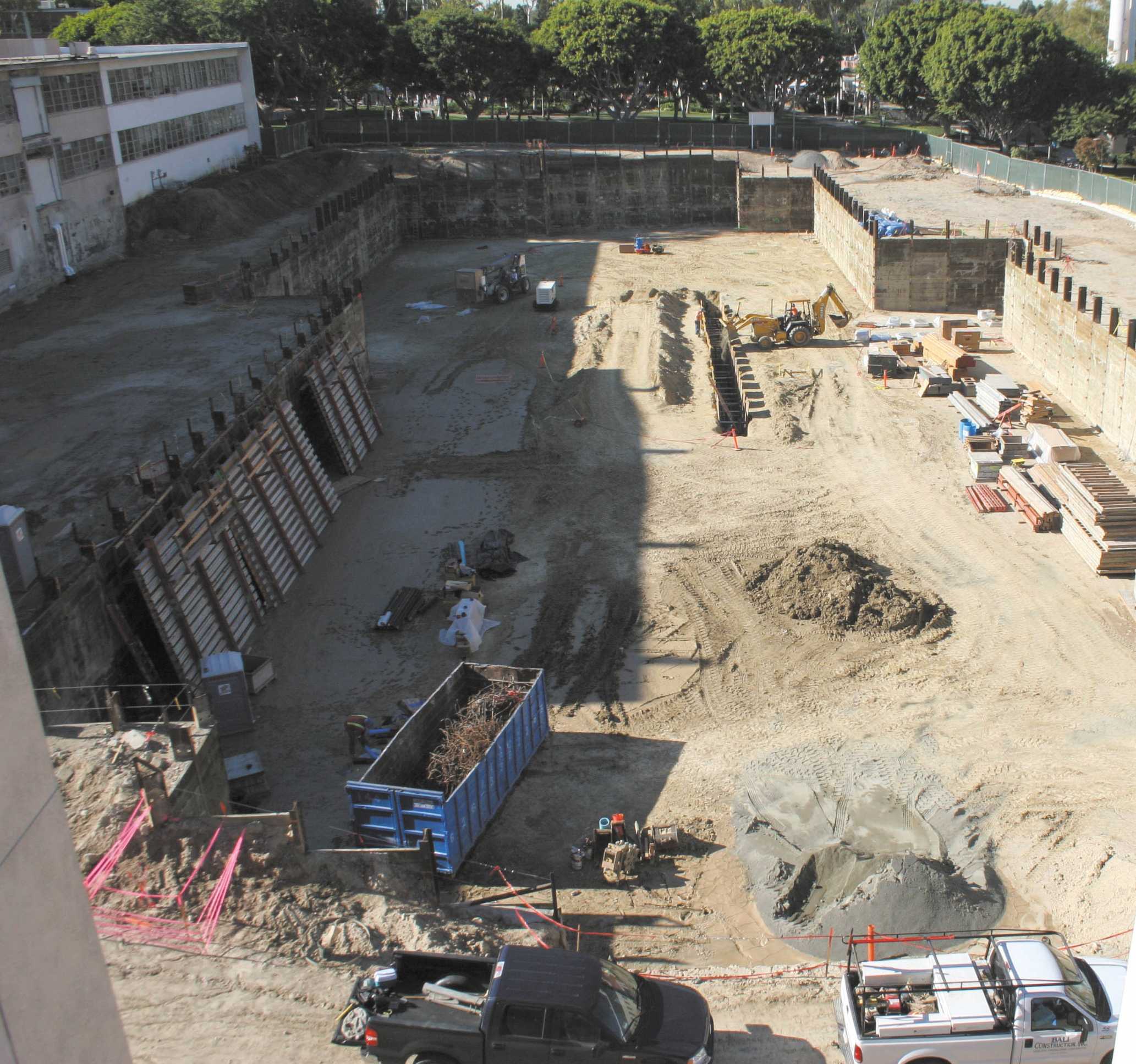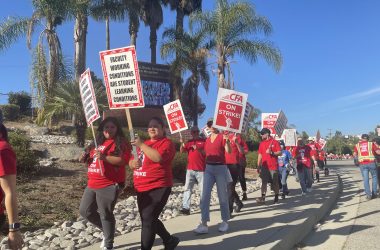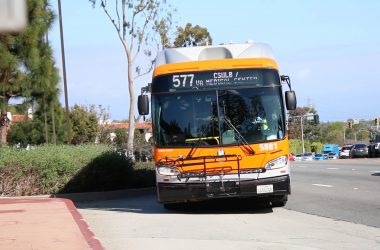Along with many science professors displaced by the destruction of Peterson Hall3, Laura Kingsford, the dean of natural science at Cal State Long Beach, eagerly awaits completion of the Hall of Science, the future home of several science departments.
Construction of the Hall of Science is the largest-single capital building project in CSULB’s history, according to campus officials, costing $105 million to build. Officials expect completion of the building by 2011, but its plans have been tossed around for a while.
“The project has been around for about 15 years,” said Mark Zakhour, the construction project manager.
Contractors began work Feb. 11, after the state bond to help fund the construction was approved. Zakhour said the building will cover 160,000 sq. feet, and it will house 22 research labs, 31 teaching labs, a science learning center and several lecture halls.
There will be a marine biology lab, as well as a rooftop greenhouse and observatory.
The Hall of Science will contain facilities for the physics, astronomy, science education and geological sciences departments. Kingsford said the Hall of Science will also provide resources for the chemistry and biochemistry departments.
“The faculty is here for the students, so obviously to have really nice teaching laboratories makes the ability to teach much better,” Kingsford said. “Our faculty needs to be really competitive in able to get funding for research and part of what you have to write in your grant proposals are the facilities and what’s available for you – the space, what it’s like, up to all the equipment that’s available.”
Improving the work environment was a concern when designing the new facility. Kingsford said Peterson Halls 2 and 3 currently have water leaks and no air conditioning.
“The research facilities were really outdated,” said Jeffrey Cohlberg, professor and chairman of chemistry and biochemistry.
The Hall of Science will be 76 percent larger than its recently-constructed neighbor, the Molecular and Life Sciences Center.
According to CSULB President F. King Alexander, about two thirds of all students will take at least one class in the building.
Kingsford and faculty had to tough out some inconveniences, such as moving into a temporary building, building a temporary marine lab and moving the geology department’s rocks and minerals.
“It’s a huge operation having to move a laboratory and then having to move it again in just a few years,” Cohlberg said. “It’s a major expenditure of time.”
Though some faculty have moved offices while classes were in session, some faculty have been in the same offices for 30 to 40 years, Kingsford said.




